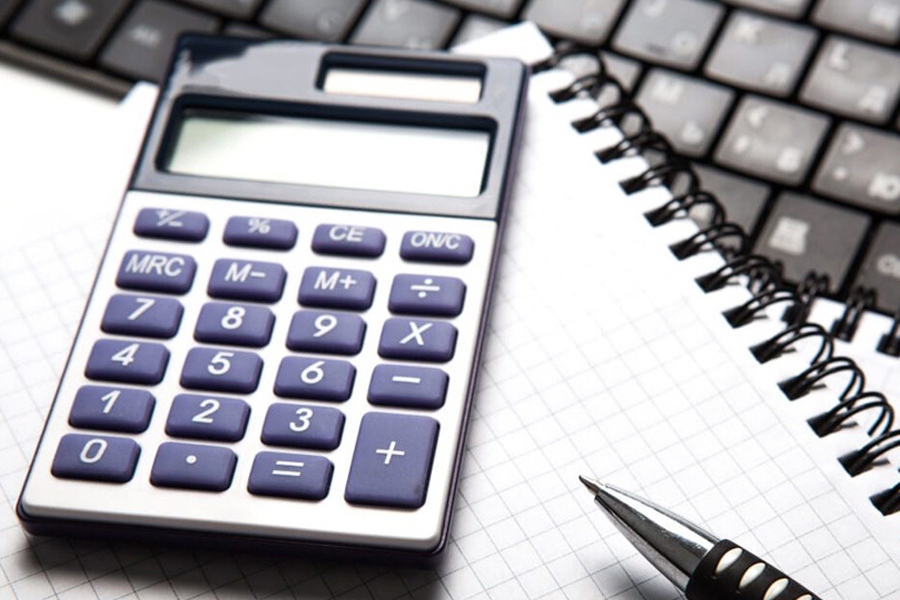
Published :
Updated :

At long last, the government's statistical agency, the Bangladesh Bureau of Statistics (BBS), has fast-tracked its move to bring about necessary changes in the way the data for the country's Gross Domestic Product (GDP) are published and the Consumer Price Index (CPI) is calculated. As could be gathered from reports, the BBS will from next year publish its GDP statements on a quarterly basis, while at the same time introduce a new, larger basket of goods including food and non-food items as well as services commonly purchased by the public (consumers) to measure the Consumer Price Index (CPI). Evidently, it is at the instance of the International Monetary Fund (IMF) ---which recently extended credit worth US$4.7 billion to Bangladesh mainly towards stabilising the country's economy--- that gave urgency to the issue.
Nevertheless, it is a welcome step on the BBS's part as researchers, even some members of the public, have often been sceptical of the inflation rates that this government agency calculated and published from time to time. Especially, the unrelenting increase in the prices of essential commodities over the past many months did hardly match the official inflation figures. The reason for the mismatch lay, basically, in the fact that the BBS's calculations were based on the Household Income and Expenditure Survey (HIES) done in 2005-06. In other words, so far, a 17-year-old consumption pattern of the public was used to construct the CPI on which the inflation rates were based. The good news is that from now on the base year for calculating the CPI or the inflation rate for that matter will be 2021-22 reflecting the current changes in the lifestyle and consumer behaviour. For instance, in the base year 2005-06, the public's expenditure data were tracked from the average weighted cost of a basket of 426 goods and services under eight categories. Those included rice, lentils, flour, soap, oil, sugar, transport cost, gold, stationery items such as book, notebook, pen and so on.
Of late, many new consumer items and services have come into use. Mobile internet service, especially the use of mobile data has seen a phenomenal rise in recent years. One needs also to consider that the public's pattern of expenditure on transport and entertainment have undergone a sea change in the intervening period since 2005-06. Add to that the massive use of the social media platforms including Facebook, Messenger, WhatsApp, etc. Since these internet-based services are now essential part of the consumer public's life, they merit inclusion in the revised basket of consumer items and services.
Understandably, the basket has been expanded by around 300 more items that include some722 products and services under 12 categories. Taking the contribution of all the products to CPI inflation calculation at 100, the comparative weightage of different other components including food and non-food items will be measured. As the BBS sources informed, the updated list of those consumable items has been in place since April instead of the earlier plan of starting it from July next. Also, to meet the conditions of the IMF, the BBS is learnt to have completed compilation of both the provisional and final data on the nation's GDP for the past five decades since it earned its independence. Hopefully, its ongoing effort will enable the BBS to present before the nation and its international development partners sets of more reliable data capable of calculating sensitive economic indicators like CPI and GDP.


 For all latest news, follow The Financial Express Google News channel.
For all latest news, follow The Financial Express Google News channel.